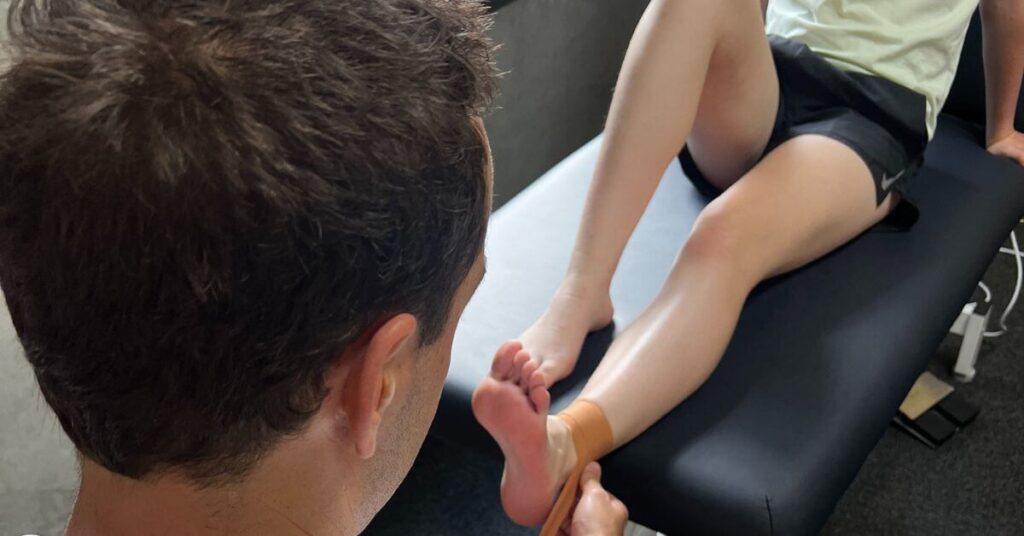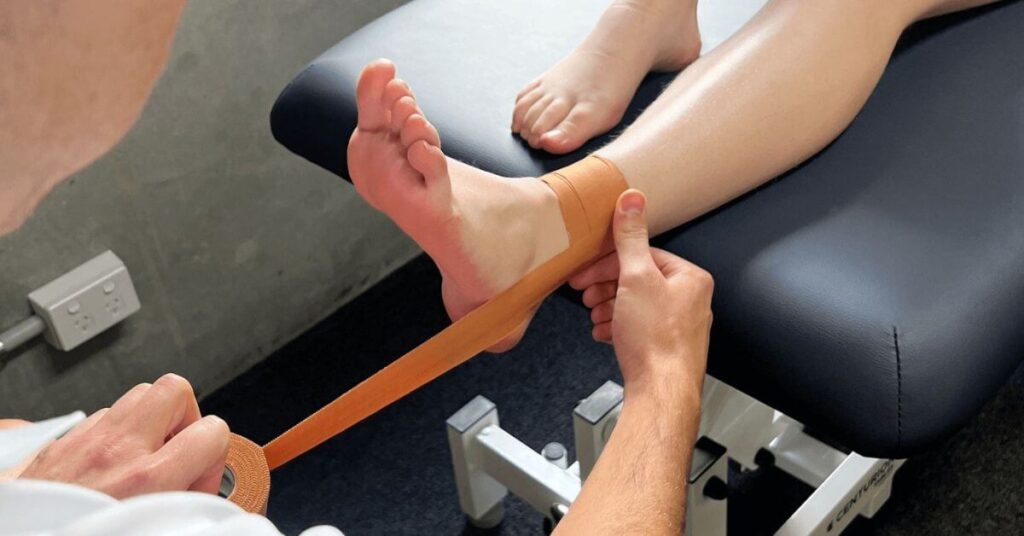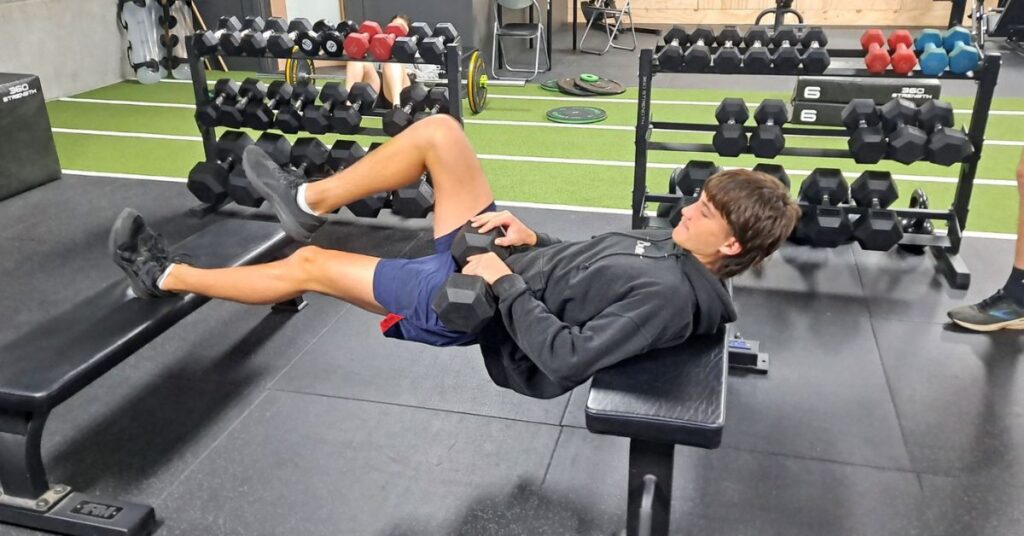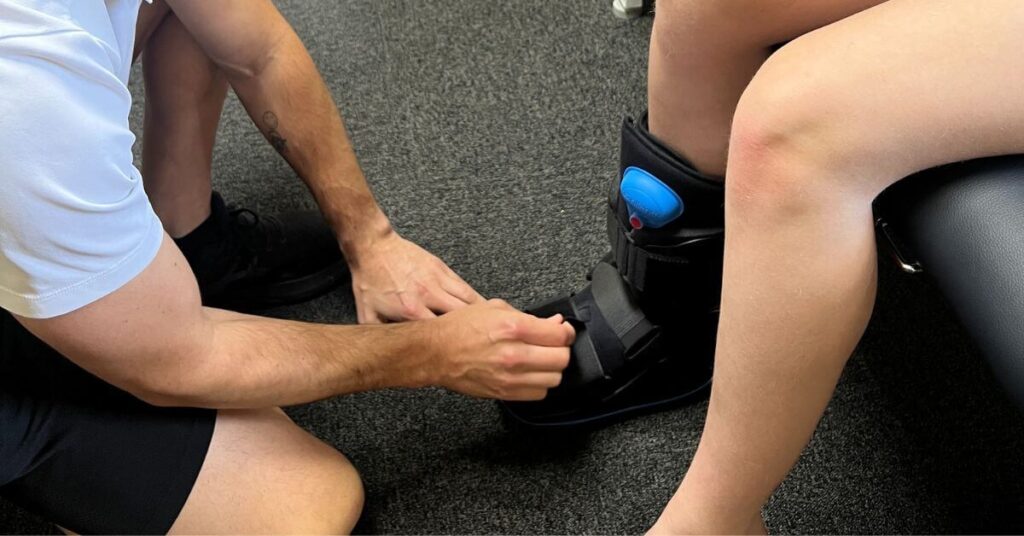Plantar Heel Pain and What to Do About It

As a skilled physiotherapist with years of experience treating athletes, I am aware of the significant impact that plantar heel discomfort may have on your ability to compete and your general well-being. In this article, we’ll explore the specifics of this widespread but crippling ailment, giving you priceless insights and useful tips on how to handle and get rid of plantar heel pain successfully. Our professional advice will equip you to take charge of your foot health and get back on your feet with confidence, whether you’re an exceptional athlete or just want to enjoy pain-free daily activities.
What is Plantar Heel Pain?
Plantar heel pain is a common foot injury affecting individuals across ages and activity levels. Among athletic populations, the condition is especially prevalent in runners, affecting up to 17% of middle- and long-distance runners. The term plantar fascitis is no longer used to describe the pathology due to a more recent understanding of the degenerative nature of the condition rather than inflammation.
It is characterised by gradual onset pain in the middle of the heel exacerbated by weight-bearing activity, as well as after periods of rest or non-weight bearing. The injury is often chronic in nature, with typical symptoms lasting longer than 12 months. Plantar heel pain is most prevalent in people between the ages of 40 and 60 and has an even distribution between genders.
How is it diagnosed?
Plantar heel pain is generally a simple diagnosis. Physiotherapists will match up your subjective symptoms (such as morning pain and stiffness) to a thorough physical examination to help rule out any differential diagnosis. These could include stress fractures, fat pad injuries, and nerve-related foot pain. Ultrasound imaging can also be helpful in identifying the condition with a plantar fascia thickness commonly exceeding 4.0mm.
How is it treated?
The management of plantar heel pain can be frustrating for people, as symptoms tend to improve slowly over several months. A range of treatment options are available, depending on the duration of pain and the success of conservative management.
First-line treatment includes plantar fascia stretching, education, and taping. Education is particularly important so people understand the effectiveness of load management (breaking up long periods of static loading), self-monitoring, and footwear advice. Plantar fascia stretching should be completed thrice daily with a volume of 3 x 30s.
If conservative management is unsuccessful over a period of at least two months, then several other options are available. Shockwave therapy has the best evidence of any adjunct treatment. It is typically well tolerated and provides superior results over the short, medium, and long term.
In addition to this, there is good treatment evidence for resistance exercise, foot orthotics, and corticosteroid injections. An injection will likely ease symptoms in several days and can last several months. Resistance exercises involving calf and intrinsic foot strengthening can provide some relief. These need to be accurately prescribed by a physiotherapist to set the correct intensity and target specific muscles. If patients respond well to foot taping (low dye taping), they may also get good relief from shoe orthotics worn in footwear for both work and activity.
Conclusion
Plantar heel pain is a common foot injury seen in the athletic population. It is characterised by gradual-onset pain in the middle of the heel, particularly first thing in the morning. Treatment involves education, stretching, and taping, with subsequent options available if symptoms fail to resolve.
References
Morrissey, D. Cotchett, M. J’Bari, A et al. (2021) British Journal of Sports Medicine 55 1106-1118
Sweeting, D. Parish, B. Hooper, L. Chester, R. (2011) Journal of Foot and Ankle Research. 4 (19)




